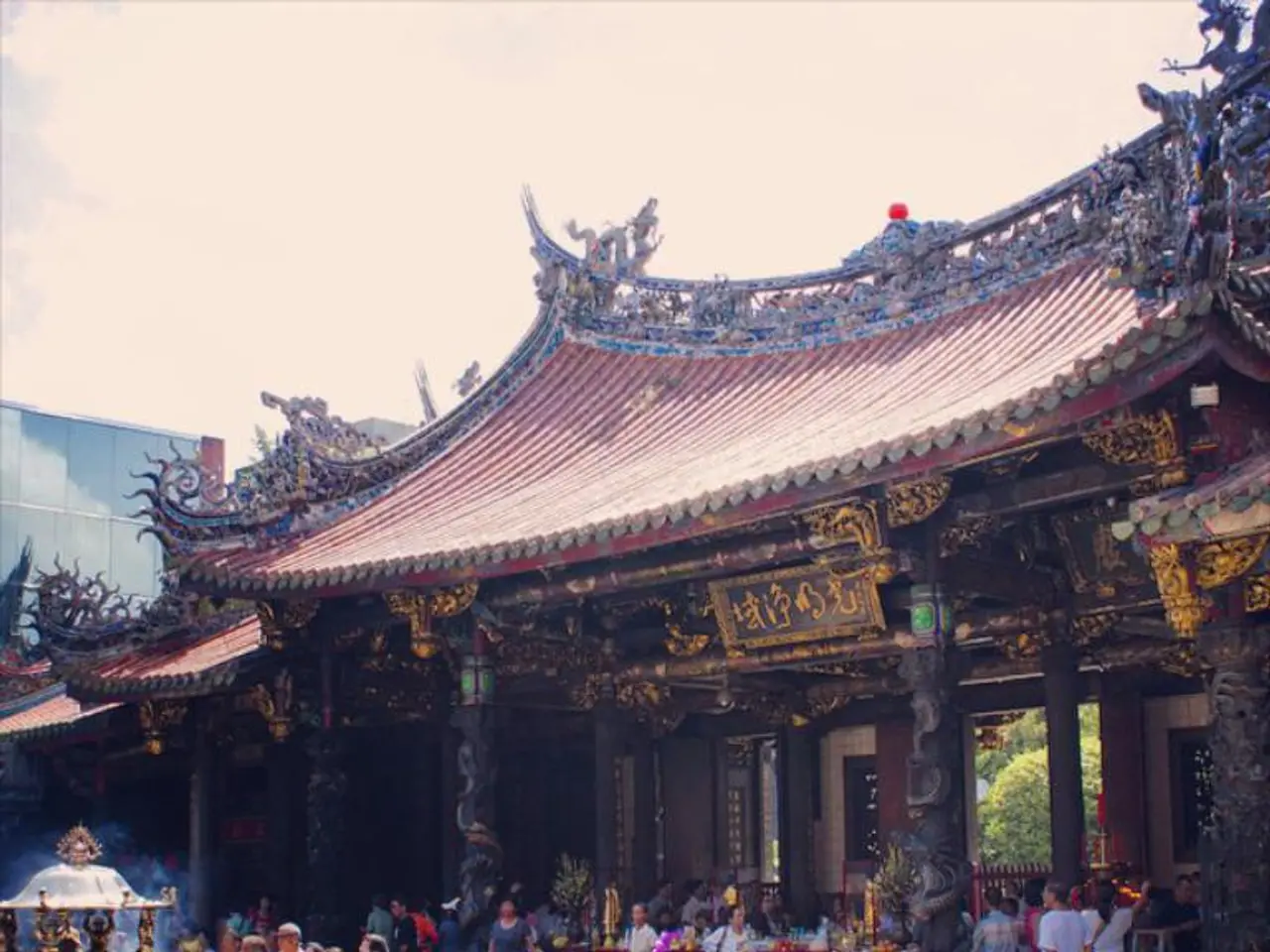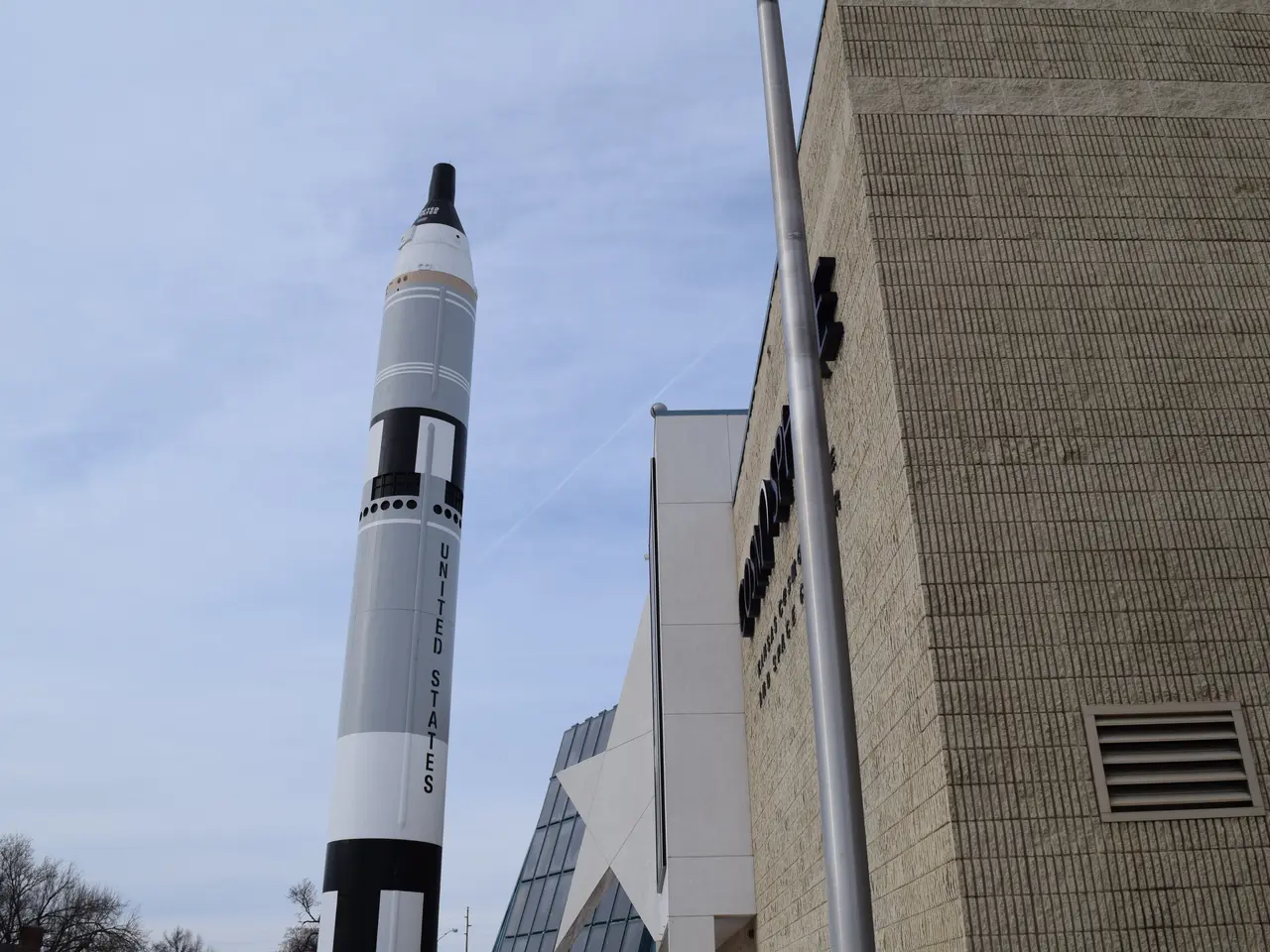Futuristic Visions of Osaka Expositions: A Comparison of Japan's Plans in 1970 and 2025
Expo 2025 Osaka, Kansai, is a testament to Japan's enduring spirit of innovation and cultural exchange. Building on the historical significance of Expo 1970 in Osaka, this year's event continues to captivate visitors with its focus on architecture, design, and sustainability.
A Legacy of Groundbreaking Innovation
Expo 1970, the first World's Fair hosted in Asia, marked Japan's post-war reemergence on the global stage. Master-planned by architectural legend Kenzō Tange, the event embodied the principles of the design philosophy known as "Metabolism." Iconic symbols such as the Tower of the Sun by Tarō Okamoto and the Nakagin Capsule Tower in Tokyo remain as enduring testaments to this pioneering spirit.
Expo 1970 was a bold declaration of Japan's rebirth and its vision for an urban future. It showcased groundbreaking architecture and innovative cultural expressions, including the debut of the IMAX film format and futuristic lifestyle concepts like an Ultrasonic Bath and a Health Capsule. The event, which attracted 64 million visitors over six months, was one of the most successful world's fairs in history and a watershed moment for Japan's postwar identity.
A Future-Oriented Vision
Expo 2025 Osaka, Kansai, continues this legacy by integrating cutting-edge sustainable design principles and architecture that embodies a future-oriented vision rooted in environmental consciousness and cultural dialogue. The event is hosted on Yumeshima Island and serves as a platform for architectural experimentation and technological innovation.
The Grand Ring, the centrepiece of Expo 2025, is the world's largest timber structure, made mostly from sustainable Japanese cedar and cypress. Designed by architect Sou Fujimoto, it draws inspiration from ancient Japanese temples and shrines, featuring integrated green roofs that change with the seasons. Within the Grand Ring, four distinct event facilities host various functions, from diplomatic meetings to cultural performances.
A Focus on Sustainability
The Japan Pavilion, themed "Between Lives," is a circular wooden structure with its own biogas plant. The German Pavilion explores the concept of circular economy through the use of sustainable innovations, such as green hydrogen hubs and cellular agriculture.
Visitors can redeem coupons for freshly prepared umeboshi (pickled plums) at the EARTH MART pavilion, which will be redeemable in 2050, creating a "food time capsule" and a quarter-century connection between present consumption and future sustainability. Inside the EARTH MART pavilion, visitors can explore food culture and sustainability, including the "Marketplace of Life" and the "EARTH FOODS 25."
A Harmony with Nature
The architecture at Expo 2025 is designed to mimic life, incorporating sky, wind, water, and earth. Contemporary architects such as Kengo Kuma & Associates are involved, highlighting a holistic approach to sustainability that integrates urban-scale planning, use of sustainable materials, and temporary installations to reduce environmental impact while promoting human well-being and planetary health.
The Forest of Tranquility, covering 2.3 hectares, features 1,500 trees, some of which were transplanted from the original Expo 1970 site, creating a living bridge between the two events.
A Shift in Priorities
Expo 2025's focus is on how innovation can heal and protect our planet, reflecting a shift in priorities from technology's power to transform human life, as seen in the Expo 1970. The event opened this spring, showcasing innovative architecture, art, and food with a focus on sustainability.
The UK pavilion has pixelated skin, and the Qatar pavilion is designed by Kengo Kuma in a tent-like structure. With its emphasis on sustainability, Expo 2025 Osaka, Kansai, is a must-visit for anyone interested in the future of design, architecture, and our planet.
- The Grand Ring, the centerpiece of Expo 2025, is a testament to Japan's commitment to sustainable design and architecture, modeling a future-oriented vision rooted in environmental consciousness and cultural dialogue.
- The Japan Pavilion, themed "Between Lives," and the German Pavilion, exploring the concept of circular economy, demonstrate the integration of innovative technologies within the context of sustainability.
- Integrating urban-scale planning, sustainable materials, and temporary installations, contemporary architects like Kengo Kuma & Associates are embracing a holistic approach to sustainability at Expo 2025, promoting human well-being and planetary health.
- The Forest of Tranquility, covering 2.3 hectares, creates a living bridge between Expo 1970 and Expo 2025, featuring 1,500 trees, some of which were transplanted from the original Expo 1970 site.
- Expo 2025 Osaka, Kansai, shifts priorities from technology's power to transform human life to innovation that heals and protects our planet, showcasing sustainable architecture, art, and food for visitors from around the world.
- Taking a quarter-century approach, the EARTH MART pavilion allows visitors to redeem coupons for freshly prepared umeboshi (pickled plums) in 2050, blurring boundaries between present consumption and future sustainability.




